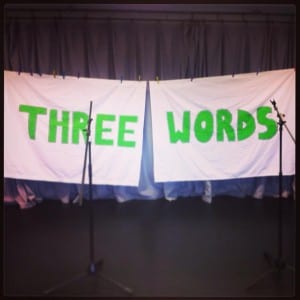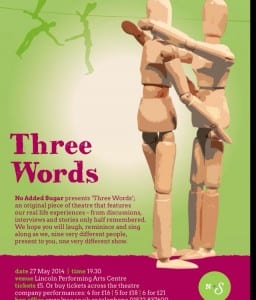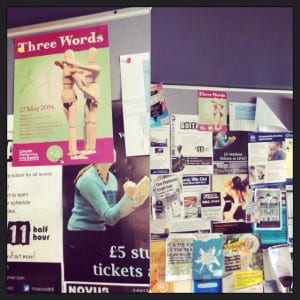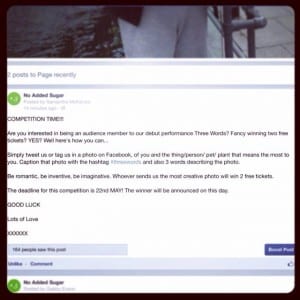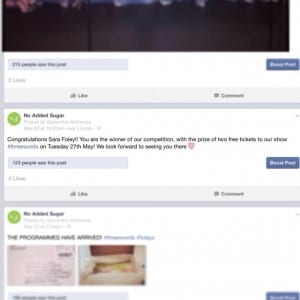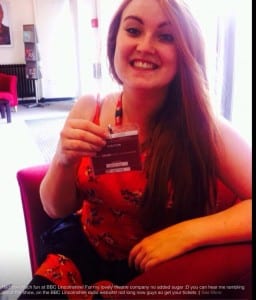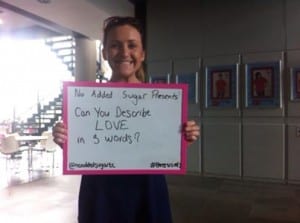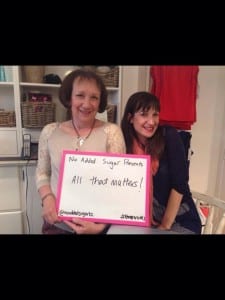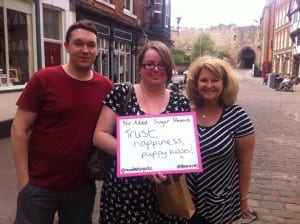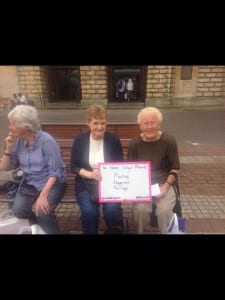‘The aim of arts marketing is to bring an appropriate number of people, drawn from the widest possible range of social background, economic condition and age, into an appropriate form of contact with the artist and, in so doing, to arrive at the best financial outcome that is compatible with the achievement of that aim’ (Diggle, 1994, 25).
As the marketing manager of this company, it is my responsibility to successfully market the show and increase our audience interest. Marketing is the key ingredient needed to guarantee an audience and to influence discussion about the show in advance. Due to the increase in the use of modern technologies in the past ten years and particularly social media, it is vital that we take advantage of the many ways in which we can inform people about the event. It has been my responsibility to set up and operate our Facebook page, Instagram account and Twitter account. Each site is useful for different reasons and publicises our company to different types of audience. They all have the advantage of giving an intimate insight into our devising process.
Facebook is an increasingly popular social media site which is used by people of all ages and lifestyles (school children, students, parents, and teachers). Our Facebook page is used to share dates and times of our event as well as a weekly picture which updates our ‘likers’ on what we are up to in our devising process.

Instagram is a site particularly of interest to the more arty and creative of us. It is a site dedicated to the sharing and editing of photographs and videos. Our Instagram account is the key device we use to document our rehearsal process through pictures and videos.

The creation of Twitter means we can now see inside the minds of celebrities and other (possibly less interesting) people out there. The site allows us to release our everyday thoughts and experiences into the world of the internet. Twitter is very useful in terms of advertising and increasing the flow of information about our event, its uses such as ‘following’, ‘retweeting’, ‘favouriting’ and ‘hash-tagging’ make it easier to get our name heard. There are also a variety of other theatre companies and creative professionals who hold Twitter accounts (which we have followed and contacted) and have shared our tweets.

All three Social Medias have their advantages and have been essential parts of our marketing process. So far we have been successful in gaining 226 likes on our Facebook page, 40 followers on Instagram and 236 followers on our Twitter account. We hope for an increase in these numbers as the event draws nearer in order to share the details to as many people as possible.
What’s next?
Our next steps in terms of marketing our event are the creation of posters and flyers; both of which are underway. We aim to disperse these in the key areas of Lincoln and also post images of them on our social media sites in order to increase ticket sales. The idea we have in mind for the image on our posters is a photograph of layered post-it notes in the shape of a love heart. The post-it notes will be green to interlink with our central colour scheme and the heart represents our theme of love and relationships. The reason we have chosen post-it notes is to reflect the way in which we have layered stories and styles in our devising process and the fragmented way in which our piece is formatted. We hope to use the same post-it notes to market our piece further by dispersing them around the university campus (particularly the library). Written on them will be ‘love notes’ and our twitter user name: @noaddedsugartc, encouraging whoever finds them to tweet us with their thoughts and feedback.

Works cited:
Diggle, K. (1994) Arts Marketing. London: Rhinegold Publishing Limited.
Wade, J. (2014)
